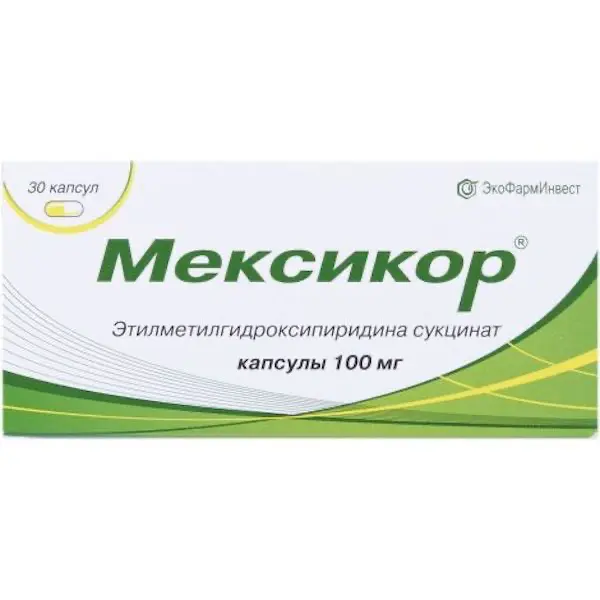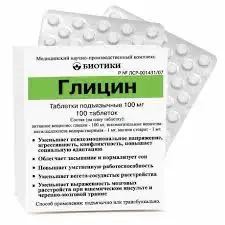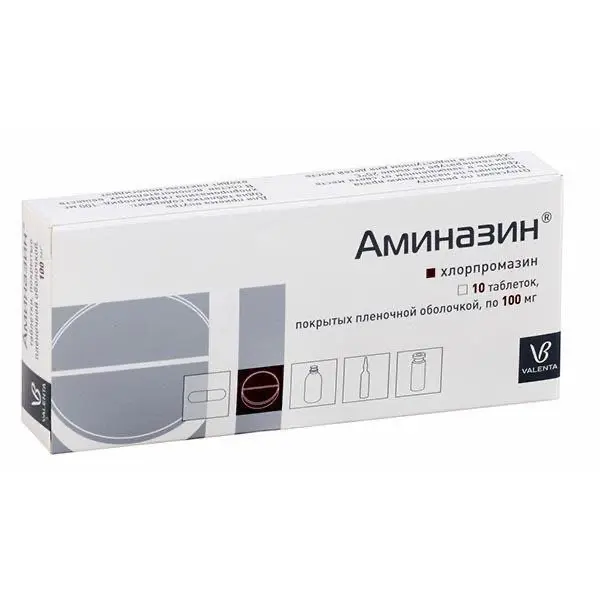Description
Cavinton Forte Pharmacodynamics
Improves brain metabolism by increasing glucose and oxygen uptake by brain tissue. Increases neuronal resistance to hypoxia; enhances glucose transport to the brain, across the blood-brain barrier; shifts glucose breakdown to a more energy-efficient, aerobic pathway; selectively blocks Ca2+ / dependent phosphodiesterase (PDE); increases levels of adenosine monophosphate (AMP) and cyclic guanosine monophosphate (cGMP) of the brain. Increases ATP concentration and ATP/AMP ratio in brain tissues; enhances brain noradrenaline and serotonin metabolism; stimulates the ascending branch of the noradrenergic system, has an antioxidant effect.
Reduces platelet aggregation and increased blood viscosity; increases the deformability of red blood cells and blocks red blood cell utilization of adenosine; increases red blood cell oxygen recoil. Enhances the neuroprotective effect of adenosine.
Increases cerebral blood flow; decreases cerebral vascular resistance without significant changes in systemic blood flow parameters (blood pressure, minute volume, heart rate, total peripheral resistance). Not only it does not have the effect of “stealing”, but also increases the blood supply, primarily in the ischemic areas of the brain with low perfusion.
Indications
Neurology: reduction of neurological and psychiatric symptoms in various forms of cerebral circulatory insufficiency (including conditions after ischemic stroke, recovery stage of hemorrhagic stroke, consequences of stroke; transient ischemic attack; vascular dementia; vertebrobasilar failure; atherosclerosis of cerebral vessels; posttraumatic and hypertensive encephalopathy).
Ophthalmology: chronic vascular diseases of the vasculature and retina.
For the treatment of hearing loss of perceptive type, Meniere’s disease, idiopathic tinnitus.
To avoid complications, use strictly as prescribed by your doctor.
Contraindications
Acute phase of hemorrhagic stroke, severe ischemic heart disease, severe arrhythmias and known hypersensitivity to vinpocetine.
Pregnancy, as vinpocetine penetrates the placental barrier. Its concentration in the placenta and in fetal blood is lower than in the blood of the pregnant woman. At high doses, placental bleeding and spontaneous abortions are possible, probably as a result of increased placental blood supply.
Lactation period: 0.25% of the drug dose penetrates into the breast milk within an hour. Breast-feeding should be discontinued when using the drug.
Children under 18 years of age (due to insufficient data).
Dosage and administration method
- The course of treatment and dosage is determined by the attending physician.
- Inside, after a meal.
- Usually the daily dose is 15-30 mg (5-10 mg 3 times a day).
- The initial daily dose is 15 mg. Maximum daily dose is 30 mg. Therapeutic effect develops approximately one week after the start of the drug. It takes three months to achieve the full therapeutic effect.
- In case of kidney and liver diseases, the drug is prescribed in the usual dose; the absence of cumulation allows long courses of treatment.





